High-Frequency Trading: A Practical Guide to Algorithmic Strategies and Trading Systems
$23.02
| Author(s) | |
|---|---|
| Pages |
351 |
| Format |
|
| Publication Year |
2010 |
High-frequency trading has been taking Wall Street by storm, and for a good reason: its immense profitability.High-frequency strategies have little or no correlation with traditional long-term buy and hold strategies, making high-frequency strategies valuable diversification tools for long-term portfolios.
Introduction:
High-frequency strategies identify and trade away temporary market inefficiencies and impound information into prices more quickly. Many high-frequency strategies provide significant liquidity to the markets, making the markets work more smoothly and with fewer frictional costs for all investors. High-frequency traders encourage innovation in computer technology and facilitate new solutions to relieve Internet communication bottlenecks.
They also stimulate the invention of new processors that speed up computation and digital communication. Finally, high-frequency trading stabilizes market systems by flushing out toxic mispricing. This book offers the first applied “how to do it” manual for building high-frequency systems, covering the topic in sufficient depth to thoroughly pinpoint the issues at hand, yet leaving mathematical complexities to their original publications, referenced throughout the book.
This book offers the first applied “how to do it” manual for building high-frequency systems, covering the topic in sufficient depth to thoroughly pinpoint the issues at hand, yet leaving mathematical complexities to their original publications, referenced throughout the book. The following professions will find the book useful:
- Senior management in investment and broker-dealer functions seeking to familiarize themselves with the business of high-frequency trading
- Institutional investors, such as pension funds and funds of funds, desiring to better understand high-frequency operations, returns, and risk
- Quantitative analysts looking for a synthesized guide to contemporary academic literature and its applications to high-frequency trading
- IT staff tasked with supporting a high-frequency operation
- Academics and business students interested in high-frequency trading
- Individual investors looking for a new way to trade
- Aspiring high-frequency traders, risk managers, and government regulators
Contents:
- Evolution of High-Frequency Trading
- Overview of the Business of High-Frequency Trading
- Financial Markets Suitable for High-Frequency Trading
- Evaluating Performance of High-Frequency Strategies
- Orders, Traders, and Their Applicability to High-Frequency Trading
- Market Inefficiency and Profit Opportunities at Different Frequencies
- Searching for High-Frequency Trading Opportunities
- Working with Tick Data
- Creating and Managing Portfolios of High-Frequency Strategies
- Back-Testing Trading Models
- Implementing High-Frequency Trading Systems
- Risk Management
- Executing and Monitoring High-Frequency Trading
- Post-Trade Profitability Analysis
High Frequency Trading: A Practical Guide to Algorithmic Strategies and Trading Systems By Irene Aldridge pdf
20 reviews for High-Frequency Trading: A Practical Guide to Algorithmic Strategies and Trading Systems
Clear filtersOnly logged in customers who have purchased this product may leave a review.

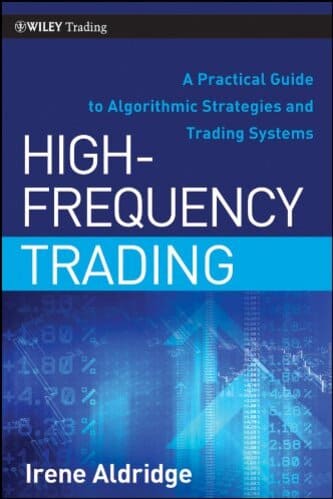

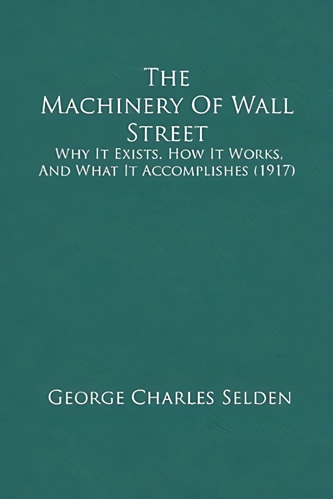
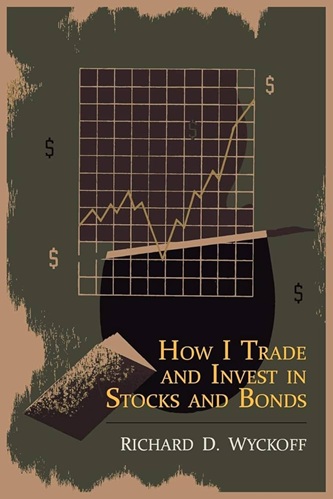
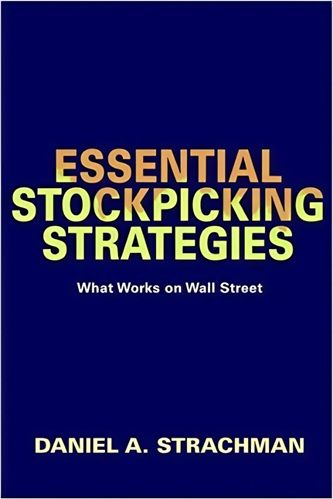
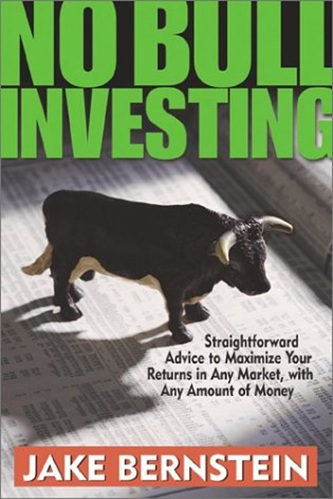
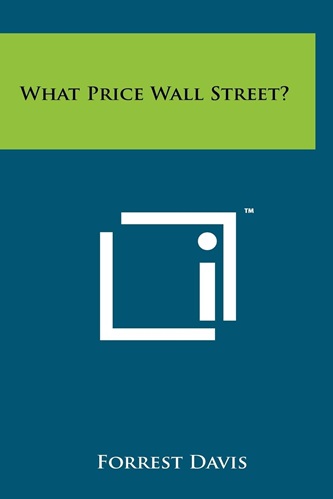
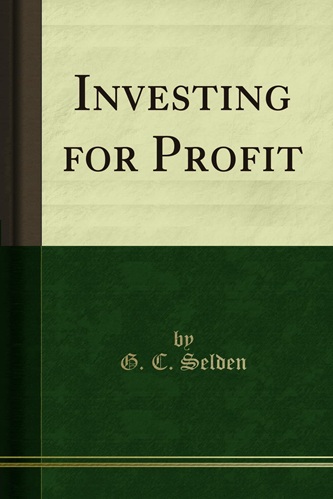
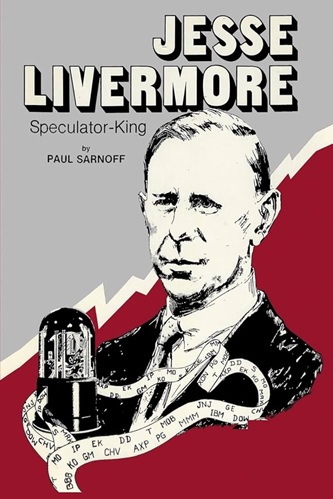
Ayaan Howard (verified owner) –
but you won’t learn a lot apart from the basics. The presentation of the market and the technology is well written and give a new overview. It roughly covers all aspects of high-frequency trading expect the most important, the signals. But obviously, nobody would write about a profitable signals. It however gives a few entry points that I found a little bit too old in term of technology. It’s more an invitation to research for the reader rather than a thorouhg explanations of what is reasonable to use or not. By all means, it’s certainly one of the best presentation I saw so far, not because it’s good but because the litterature on trading is generally extremely poor. That book on the other end has a fair and honest presentation of many aspects of high-frequency trading and does a good job as an introduction to anyone who is interested in the topic.
Keegan Galvan (verified owner) –
Great HFT book – a must read if you want to know about trading
Jayleen Pittman (verified owner) –
I do not recommend for anyone who is serious about HFT. This is a survey book, the math involved is not expanded upon with just glances of insight along the way. It might provide some beginners with a suelf tidbit of information to do real study into, but is too general for anyone trying to accomplish anything of substance.
It felt like I was reading a report written at the high school level about the business of HFT rather than a practitioner’s guide.
Clementine Hardin (verified owner) –
Book gives nice overview of the HFT world and it gets to the details about the subject: how the opportunities from this environment can be used to make some real profit. It shows guidelines to create robust and reliable system for HFT trading.
Tatum Keith (verified owner) –
This is a timely book that offers great insights into one of the currently most hyped, but ill-understood aspects of financial markets.
Bennett Drake (verified owner) –
The more appropriate title would be “HF trading for idiots who are willing to pay more than 1 cent for this nonsense”.
The book is garbage, it’s rare in a sense that it is written by the author who does not have academic AND practical background in the field. When I read it, I could not believe the audacity of somebody who is trying to sell this junk. Well done!
Murphy Huang (verified owner) –
It only takes a bit of background search to tell that some strategies which Aldridge considers “high frequency trading” include SMA crossovers. I don’t consider her an expert in this area. This is not even a MFE’s introduction to the topic, but more of a literature review written by a MBA. The title of the book is highly inaccurate, and the content falls short of a Google search. Alridge’s opinion, rather than adding quality to the already-thin content, disorients the reader from how the topic should actually be structured and viewed. I do not recommend this book. That said, it is true that this is a field where there is hardly any reference material.
Evangeline Stevens (verified owner) –
I just received the book and read it in less an hour.
Probably useful for students under the age of 19: some well known generalities on portfolio (like efficient frontiers) not really applied to HF trading, formula with typos (or errors?), not a word about to how to take into account a micro-structure noise in estimating volatility at HF, etc…
One of my favorite is the explanation of Bayesian learning citing… a paragraph of “The economist”. Neural networks explained in four paragraphs and a figure with a “if… then… else” rule (exactly what NN are not)…
To be short: googlize “high frequency trading” and you will learn more than in reading this brochure for ABLE alpha trading…
Dallas Stephens (verified owner) –
I was hoping to get the latest scoop on the state of the HF trading industry, but I could barely get past pages 11 and 12, where the author respectively refers to “market stalwarts such as the NYSE and AMEX” and mentions that the higher the liquidity is on NASDAQ, the higher it is on Island. AMEX was never a market stalwart, except for its ETF niche. Well before the November 2009 publication date, however, AMEX was acquired by NYSE, with most of its ETFs transfered to have NYSE Arca for a primary exchange. Thus, there is no way AMEX can be considered a “market stalwart” by publication date. As for the NASDAQ/Island statements, they are also meaningless because NASDAQ acquired Island long before publication date. Island no longer exists (and before it ceased to exist, was known as INET starting ’03 or ’04), but its former platform is now effectively the primary market center for Tape C securities, as far as I understand. Author probably does not even know what a Tape C security is. Being alarmed with such gross inaccuracies in general introductory topics about the markets, I was too afraid to proceed to high-frequency specifics lest my mind unwittingly gets contaminated by falsehood. This should have been done by a real HF professional or at least by an expert financial reporter, who would have known whom to ask for a thorough fact check.
Logan Leal (verified owner) –
I was looking forward to this book but it’s a big disappointment. I’ve worked on proprietary trading desks for over 10 years and have done all aspects of high-frequency trading. This book is not written by an expert – she just lists stuff that might be useful – and there’s little hint she’s done any of the work she talks about. If you’re in the industry save your money. If you’re aspiring to join the industry you might be worse off after reading it. The book seems more like a commercial gimmick for the author’s career and current employer than a genuine effort to add value to the subject.
Brynn Powell (verified owner) –
This is the first book on this subject area. It gives enough information for qualified readers to enter into this new and exciting field, which is rapidly expanding now, even despite the problems with the financial industry as a whole.
Simon Massey (verified owner) –
If you are new to the High Frequency Trading and want to learn the components of such a system, this book is a good starting point.
Karen Barrett (verified owner) –
For practitioners, this book covers many of the topics people should be thinking about if they want to get into high frequency trading. It presents many of the results across the vast literature at an easy manner and pace, distilling many of the essential ideas and formulas. Besides the convenience of having all these results in one place, there are plenty of hints for future directions in researching high frequency alpha.
Angelo Rasmussen (verified owner) –
This book presents a broad vision of the activity, in a adequated depth for who want to know about the high frequency trading business. The book also offers an excellent bibliography which is fundamental for who want to go deep in the details. It can be rated as a very fair book, with an adequated didactic, which is essencial in a complex subject like HFT.
Canaan Craig (verified owner) –
I’m a financial engr. grad student and I’m reading this book to complement my curriculum and my internship at a stat arb shop. I’ve found the descriptions (particularly stat arb) to be very good introductions. Yes, they don’t contain a lot math and yes, some of the defs may be disagreeable to some, but overall, if you don’t have any experience in this area, it’s a good place to start. There are other books that treat the various subjects in much more detail (see other reviews, but add Intro to High Freq. Finance by Dacorogna to the list). Hope this helps.
Messiah Montgomery (verified owner) –
Misleading title, Dated material
Esperanza Donaldson (verified owner) –
Irene Aldridge offers the most complete, up-to-date, well thought out, practical guide in the market today covering nearly all aspects of HFT (high-frequency trading) and of systematic trading in general with a large audience in mind – be it wall street expert or beginning finance student.
Interestingly enough, financial markets are undergoing rapid innovation due to continuing proliferation of computer power and algorithms, yet few quality books are out there to cover the new investment discipline HFT and its quantitative trading strategies.
Irene did a fantastic job in publishing this book. I can tell by reading through it years of efforts were put into generating this high-quality deliverable. Not only the materials covered were quite complete on HFT topics ranging from Searching for High-Frequency Trading Opportunities, Creating/Managing Portfolios of High-Frequency Strategies, Implementing High-Frequency Trading Systems, HFT Risk Management, Executing and Monitoring High-Frequency Trading, to Post-Trade Profitability Analysis, but also all the quantitative mathematical equations employed in all chapters were sturdy and solid.
The book offers an easy to understand approach for the readers. For example, in the post-trade profitability analysis phase for transaction costs, Irene compares the market movements to ocean wave patterns. “High-frequency strategies are like pebbles thrown parallel to the ocean floor and grazing small ripples near the shore.”
Irene is not only an expert and frequent speaker in this red-hot HFT field, but also she has visions way beyond the complex mathematical formulas employed in HFT field. She also understands how the HFT plays such critical role today in financial services industry sector, which perhaps is the most key and too-big-to-fail pillars of the U.S. economy.
Jagger Meyer (verified owner) –
As a person who is trying to develop knowledge of algorithmic trading, I found this book helpful in two distinct ways:
Firstly, it was written in the style of an academic literature review (which was obviously not appreciated by some reviewers). I found this approach very helpful. Aldridge does not claim to provide new insights into the field. She is outlining the latest research, thoughts and trends. This she does ths well, and her review of the literature allowed me to identify quickly those articles and books that will provide detailed information about various topics of interst.
Secondly, Aldridge provides a relatively simple overview of some of the statistical practices involved in the field (although a good general understanding of statistics is probably necessary for readers of this book). In many cases, she also compares different statistical approaches – all of which are well sourced. If one requires further explanation, one can easily find the original literature.
If I were to identify a particular flaw in this book, I would say that this flaw lay in its lack of a detailed discussion of algorithmic trading strategy. While the ‘how to’ aspects of the different strategies are outlined, there is no real discussion about their relative popularity and/or success. There also lacks a discussion about neural networks and genetic algorithms.
Because I an no expert in the field, I cannot comment on the accuracy of Aldridge’s work. Nevertheless, this book provided me with a very good overview of what would seems to be a very complex field of knowledge. It also provided me with strong clues as to where I could go hunting for extra information. As such, it met my expectations.
Zachary Fowler (verified owner) –
This book tries to show the current state of algorithmic trading — although it confuses algorithmic (i.e. programmatic), high-frequency, and microstructure-driven trading. Sadly, the shortcomings in the text will be apparent to anyone with experience in the field. Very little empirical work backs up the assertions; and, no theory is incorporated about strategies and tactics. Even the rare theoretical notes suffer from inconsistent notation: hats and epsilons are added or omitted as though they are mere decorations. Further, there is much to disagree with. When a book mentions the current top high-frequency traders and omits Getco or Lime Brokerage/Tower Capital, you know something is wrong. Another example: The book repeatedly confuses the speed of execution with the investment holding period.
I had hoped to use this book for a market microstructure and trading course I teach. However, this book does not approach the standards: Larry Harris’s Trading and Exchanges ; Joel Hasbrouck’s Empirical Market Microstructure ; and, Maureen O’Hara’s Market Microstructure Theory . O’Hara’s book serves as a proper contrast: While the book is nearly 20 years old, the basic tone and approach are still sound. This book, however, focuses too much on the “here and now” and misses the larger issues behind the move to electronic and algorithmic trading. Further, these issues are not new; many are mentioned offhandedly in Edwin Lefevre’s classic Reminiscences of a Stock Operator (written in 1923).
Aside from the flaws, I am sure some will find this book informative. However, I doubt any serious quants or academics will find it agreeable. Overall, the perspective is too narrow yet is proclaimed to be broad; the ties to theory are weak to non-existent; some minor parts are wrong; and, I found little that was both good and new.
Sophie Strickland (verified owner) –
I recently finished this book, and overall, enjoyed reading it. My interest in this book was to better understand the recent trends that have emerged from the intersection of computers and finance. I think one of the book’s best features is its accessibility without overly dumbing down the material. I certainly learned a lot from it.
As I gleaned from Professor Rosenthal’s review, there are probably other books that more fundamentally outline pedagogic market principles for graduate students. And it seems obvious to me that books on making money generally only come into existence when the actionable value of the information has fallen below the value of writing such a book (e.g. I recall vividly Trump’s “Art of the Deal” appearing on bookshelves not long before his bankruptcy.) But, if you want to come up to speed on what was state-of-the-art not too long ago (for most people it’s fine, for practitioners, I’m sure it may be an eternity), it’s a good read.
One of the things that the book convinces me of, indirectly, is that you should think twice about day trading without some of the inherent advantages that large firms have. High-frequency trading eliminates many of the advantages that the little guy could have in terms of unscalable opportunities that ordinarily would not be worth it for larger firms to persue. Like most things with computers, such as chess, humans have the relative advantage when it comes to strategy, and should increasingly stay away from the tactical or logistical (think Warren Buffett), especially when the information is easily available for computers to process.